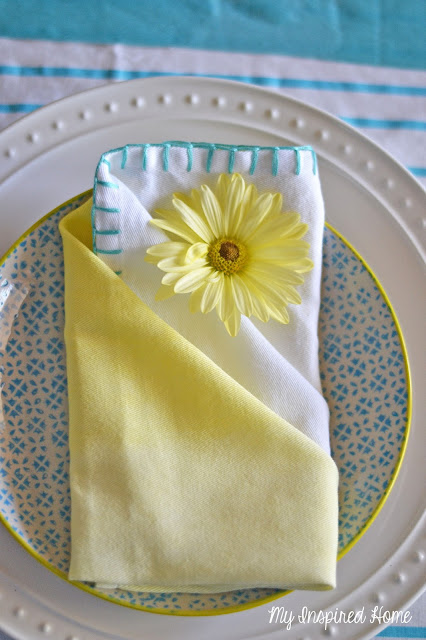In an effort to get more organized and to clear out some closet space, I wanted to use this frame to make a memo board for my office (a ridiculous work in progress). I used to work at a frame shop so there were tons of deals that I couldn't pass up, so I have a closet full of unused frames. Having these frames around has worked out so far because I change out our wall decor seasonally, but I am in desperate need of more storage space, so it's use-it or lose-it time!
I have always loved this particular frame so I had to snag it when it went unused for a custom frame order and went on clearance. The old world style just doesn't jive with the decor in our house, though, so I had to bust out the spray paint and switch up the look a bit (don't hate me, Mom!).

I sprayed a quick layer of primer, followed by a couple of coats of the white gloss paint.

I bought an unframed cork-board at a local craft store for about $15. I wanted it to have more of a fabric, memo board look, than the look of actual cork. I had some coarse linen fabric leftover from a previous project that I wanted to glue on the surface of the cork to get that fabric texture.















